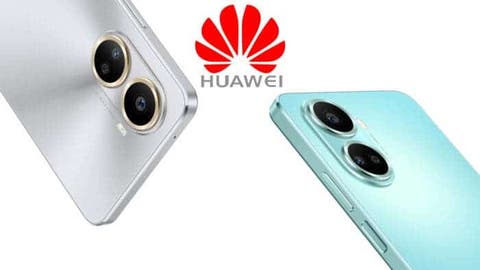Just recently, we came to know that the US had made matters for Huawei worse. Now, there are new rules which are going to limit the Chinese brand to a considerable degree. Although, the rules might not affect the upcoming phones that the brand has already been working on.
There is a high chance that Huawei has already purchased and kept enough chips to properly manufacture the Mate 60 and P60 series. But even so, the expanded chip ban will significantly impact the brand’s operation for future smartphones. So, what is next for the Chinese brand? A total shutdown of the phone business? Well, no.
Huawei Might Debut a New Homegrown Chipset Soon
Before the US started to punish Huawei and treat it like a national security threat, the HiSilicon unit of the brand was already manufacturing its own Kirin chips. However, as the team relied on TSMC, which the US has restricted from working with the brand, Kirin SoCs came to a halt.
One important thing that you should note is that Huawei was TSMC’s second-largest customer. It came right after Apple. However, after the ban, the Chinese brand was out of options. Yes, it did have full access to China’s leading foundry, SMIC. But the foundry is limited to producing SoCs using the 14nm process node.
14nm? What’s So Bad About It?
In case you didn’t know, TSMC and Samsung are now manufacturing fully-fledged 3nm process node SoCs. But where the difference lies between Huawei’s 14nm and the current 3nm chips?
In simple words, the smaller the process node, the higher the transistor count. And the more the number of transistors inside the chip, the more energy-efficient and powerful the SoC will be. So, in short, the 14nm chipsets cannot put Huawei phones next to the current flagships.
What Huawei Plans to Do Now
It was very unlikely for Huawei to replace the 4G-only Snapdragon chips with 14nm or 12nm homegrown silicone. But the new US restrictions are leaving the brand with no choice.
Still, if Huawei relies on the 14nm or 12nm process node, its phones will be extremely sluggish. And not to mention that the devices will not be able to compete with the competition in terms of battery life. Even the phones with 5nm SoCs from Samsung and TSMC will be tons better.
However, last summer, we had an interesting rumor about Huawei. According to that, the Chinese brand was planning to use 14nm Kirin chipsets for the P60 series. And even if the rumor seemed wild back then, it might be a reality now.
A new report from Huawei Central suggests that the Chinese brand has a surprise ready for the second half of 2023. And it goes without saying that the surprise is likely to be a new chip that will rely on a new packing technology.
New packaging technology? In short, the package of the chip is basically a case for the semiconductor material. It encapsulates the semiconductor and protects it. Currently, there is no further information about the process node of the chip. And nor do we have any lead on whether or not Huawei will make SIMC manufacture it.
Patent Application Could Be a Game Changer for Huawei
Is Huawei seriously considering the large process node chipsets for its new flagship models? Well, there is a high chance of that happening. The Chinese brand has recently filed a patent application for EUV components.
Now, it is not clear what the brand intends to do with these patents. But, long story short, Huawei might be able to produce high-end chips by helping to develop a EUV machine in China. The obstacles put by the US might no longer be a concern for the Chinese tech giant.
